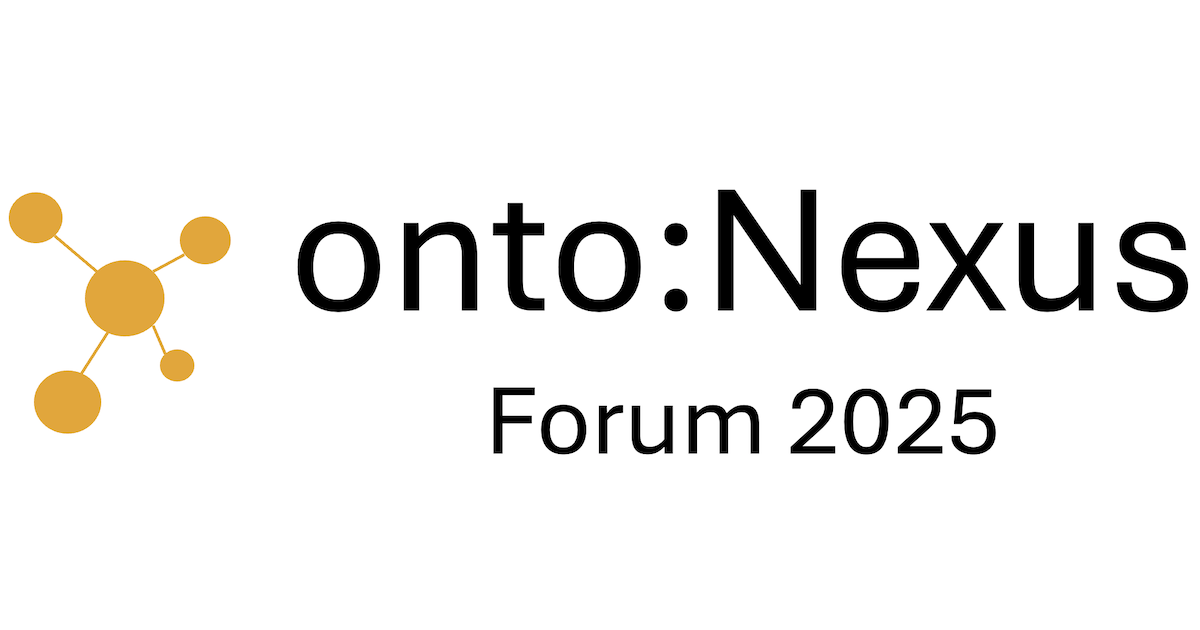Abstract
The Identification of Medicinal Products (IDMP) is a set of ISO standards for uniquely identifying and describing pharmaceutical and medicinal products and the substances they contain throughout the product lifecycle [1-6]. The deadline for compliance with these standards has been a moving target, due to challenges in implementation. In the European Union, there have been several target dates for implementation, the most recent being Q1 2023 [7], but the pharmaceutical companies have found it difficult to do so, and compliance is spotty as a consequence. By 2023, marketing authorization holders and the European Medicines Agency (EMA) were supposed to be able to submit and process data in IDMP format, but conformance is only beginning to take hold, primarily due to the work to develop an ontology, Identification of Medicinal Products Ontology (IDMP-O). In the United States, the FDA has not announced a deadline, but they encourage usage and have published guidelines for adoption [8]. Pharmaceutical companies recognized a few years ago that the standards were ambiguous in many ways, confusing in others, and that they were insufficient to meet the industry and regulatory goals related to safety, accuracy, completeness and consistency in reporting, labeling cost reduction, and others. A number of key stakeholders created a project through the Pistoia Alliance, a pharmaceutical industry consortium, to develop an ontology to address the shortcomings in the ISO standards and improve the likelihood that they would be successful in compliance [9]. The project team, sponsored initially by six pharmaceutical companies for the initial prototyping phase and many more for the development effort over the last 2+ years, released IDMP-O 1.2 in 2024. The resulting ontology is open source and freely available from the BioPortal. While coverage of the six ISO standards is incomplete, the current version of the ontology addresses the primary use cases that stakeholders identified over the course of the project.
The approach taken to manage the development effort includes not only adding content per use case to the ontology but mapping to example, reference, and internal proprietary data, with regression testing with every change made in order to guarantee that a high level of quality is maintained. Policies for metadata, naming, and the consistent use of patterns for certain constructs have also helped to ensure the quality of the resulting ontology. But, the content is complex, including multilingual and cultural labeling differences in every jurisdiction world- wide. Continuing efforts are focused on improving documentation, adding use cases that bridge the regulatory to manufacturing environment(s), new examples, and ensuring that the ontology continues to meet stakeholder goals.
The Financial Industry Business Ontology (FIBO) [10], was initiated in 2008 and has evolved continuously since. FIBO’s initial focus was on the unambiguous representation of securities master data as it relates to the broader financial marketplace. Coverage of master data for many securities is largely complete and widely used by industry players. As a result, recent extensions have focused on more complex use cases, such as enabling integration of metrics for emissions improvements in order to provide better rates or collateral requirements for sustainability-linked lending, representation of parameters needed for portfolio analyses, counterparty risk, and the like as well as to drive machine-learning and improve results from large and custom language model queries. Many of these use cases require very large data sets, management of change in the data over time, and the ability to leverage the data for predictive analytics, among other challenges for ontology work, not unlike challenges needed, for example, to support the development of digital twins in manufacturing.
In this talk, Ms. Kendall, who is the lead ontologist for the EDM Council, including the IDMP-O and FIBO projects, will provide a high-level overview of the issues leading to the development of these projects, describe some of the use cases addressed to date and on the project roadmap, present some of the insights with respect to patterns that have been codified in several Object Management Group (OMG) standards, present a few lessons learned to date, describe some of the tools used in our development efforts, and provide pointers for those that are interested in learning more.
References:
-
ISO 11238:2018 Health informatics - Identification of medicinal products - Data elements and structures for the unique identification and exchange of regulated information on substances, https://www.iso.org/standard/69697.html
-
ISO 11239:2023 Health informatics - Identification of medicinal products - Data elements and structures for the unique identification and exchange of regulated information on pharmaceutical dose forms, units of presentation, routes of administration and packaging, https://www.iso.org/standard/81133.html
-
ISO 11240:2012 Health informatics - Identification of medicinal products - Data elements and structures for the unique identification and exchange of units of measurement, https://www.iso.org/standard/55033.html
-
ISO 11615:2017 Health informatics - Identification of medicinal products - Data elements and structures for the unique identification and exchange of regulated medicinal product information, https://www.iso.org/standard/70150.html
-
ISO 11616:2017 Health informatics - Identification of medicinal products - Data elements and structures for the unique identification and exchange of regulated pharmaceutical product information, https://www.iso.org/standard/70044.html
-
ISO 21090:2011 Health informatics - Harmonized data types for information interchange, https://www.iso.org/standard/35646.html
-
See https://www.ema.europa.eu/en/human-regulatory-overview/research-and-development/ data-medicines-iso-idmp-standards-overview
-
See Identification of Medicinal Products — Implementation and Use FDA. -
See https://www.pistoiaalliance.org/projects/current-projects/idmp-ontology/
- See https://spec.edmcouncil.org/fibo/ and https://github.com/edmcouncil/fibo, and https://www.ontotext.com/blog/the-power-of-ontologies-and-knowledge-graphs-for-the- financial-industry/ for a vendor example
Speaker

Elisa Kendall
is a Partner in Thematix Partners LLC and graduate-level lecturer in computer science, focused on data management, data governance, knowledge representation, and decisioning systems. Her consulting practice includes business and information architecture, knowledge representation strategies, and ontology design, development, and training for clients in financial services, government, manufacturing, media, pharmaceutical, and retail domains. Recent projects have focused on use of ontologies to drive natural language processing, machine learning, interoperability, and other knowledge graph-based applications. Elisa represents knowledge representation, ontology, information architecture, and data management concerns on the Object Management Group (OMG)’s Architecture Board, and is co-editor of the Ontology Definition Metamodel (ODM), Commons Ontology Library (COMMONS), APIs for Knowledge Platforms (API4KP), Multiple Vocabulary Facility (MVF), and Languages, Countries, and Codes (LCC) standards. Ms. Kendall is currently lead ontologist for the EDM Council and a number of leading pharmaceutical companies. She is also on the technical oversight board for and participates in the NIST-sponsored Industrial Ontology Foundry activity developing standardized ontologies for manufacturing. Ms. Kendall also team-teaches Ontology Engineering at Rensselaer Polytechnic Institute biannually. She holds a B.S. in Mathematics and Computer Science from UCLA, and an A.M in Linguistics from Stanford University.



